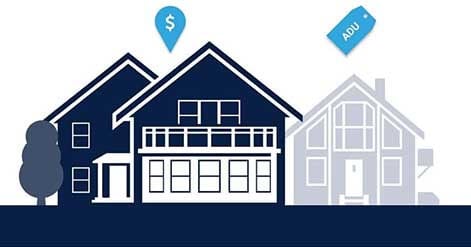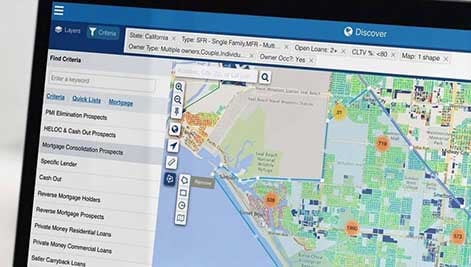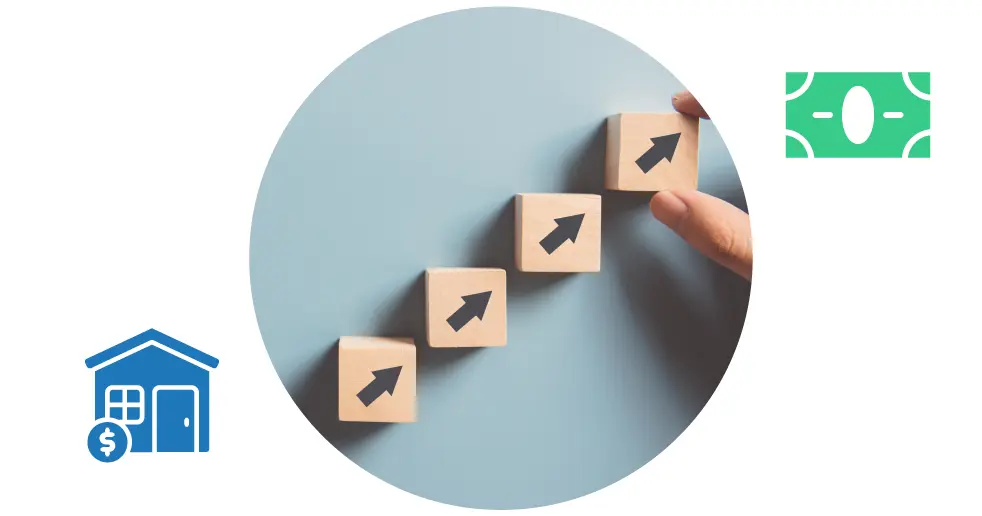Solving the foreclosure crisis. Taxpayer subsidized home loans?

According to this Reuters Article the Treasury Department is working on a plan to reduce mortgage rates to 4.5% on 30 year mortgages. Keeping in mind that home prices are a function of income and loan terms it is a proposal that has interesting implications.
Median household income in CA was $64,086 as of Q2 2008. Assuming a maximum of 35% of gross income towards a mortgage payment, and current interest rates of about 6% on a 30 year fixed rate loan, that would suggest median home prices should be around $311,000. Interestingly, after months of decline the Calfornia Association of Realtors tells us that October's median home price was $311,060.Coincidence? I don't think so.
While many believe foreclosures are driving price declines, they are simply wrong. Affordability is driving price declines. The elimination a year ago of exotic loans that allowed people to buy more home then they could afford has forced prices down to levels that buyers actually can afford to pay given current incomes and loan terms.
Unfortunately, this still doesn't seem to be well understood by most of our lawmakers. They still believe foreclosures drive price declines and are pushing for foreclosure moratoriums and teaser rate loan modifications that fail to address the fundamental problem - that prices have to correct in order for buyers to afford them given current loan terms and incomes.
Which is why this Reuters article caught my attention. Lowering rates from 6% to 4.5% should effectively increase the median price a CA buyer can afford given a median income from $311,000 to $368,000. And by doing so this program actually might lower the number of foreclosures and reduce bank losses as fewer people would be underwater.
Still, it doesn't completely solve the foreclosure "problem". To effectively eliminate negative equity would require bringing prices back to peak bubble levels. To do that with traditional 30 year fixed financing at current income levels would require lowering rates to an astonishingly low 1.5%.
And why stop at 4.5%? Why not go all the way to 1.5%? Afterall the fed has already lowered the fed funds rate to 1% - why should banks be the only ones who get to borrow at these ridiculously low rates? And the clamor for short-term US Treasuries has pushed their rates to zero. So are 1.5% mortgage rates really that ridiculous? I think they would be.
Ultimately aren't we better off with lower prices than lower rates? Lower prices mean lower property taxes and insurance. They offer reasonable returns for those willing to be landlords. And higher interest rates give our retirees a better shot at surviving on fixed incomes. It will be a tough transition for sure, but better than socializing home loans at taxpayer expense to artificially increase prices.
In any case the next few months will be fascinating to watch. These are typically slow months in real estate, and as things stand I think we may see some scarydrops in sales volumes. Yet if we see the Treasury Department manage to lowerfixed 30 year mortgage rates to 4.5% we may see a surprising surge in both purchase and refinance activity - possibly even leading to short-term shortages in supply and rising prices.


